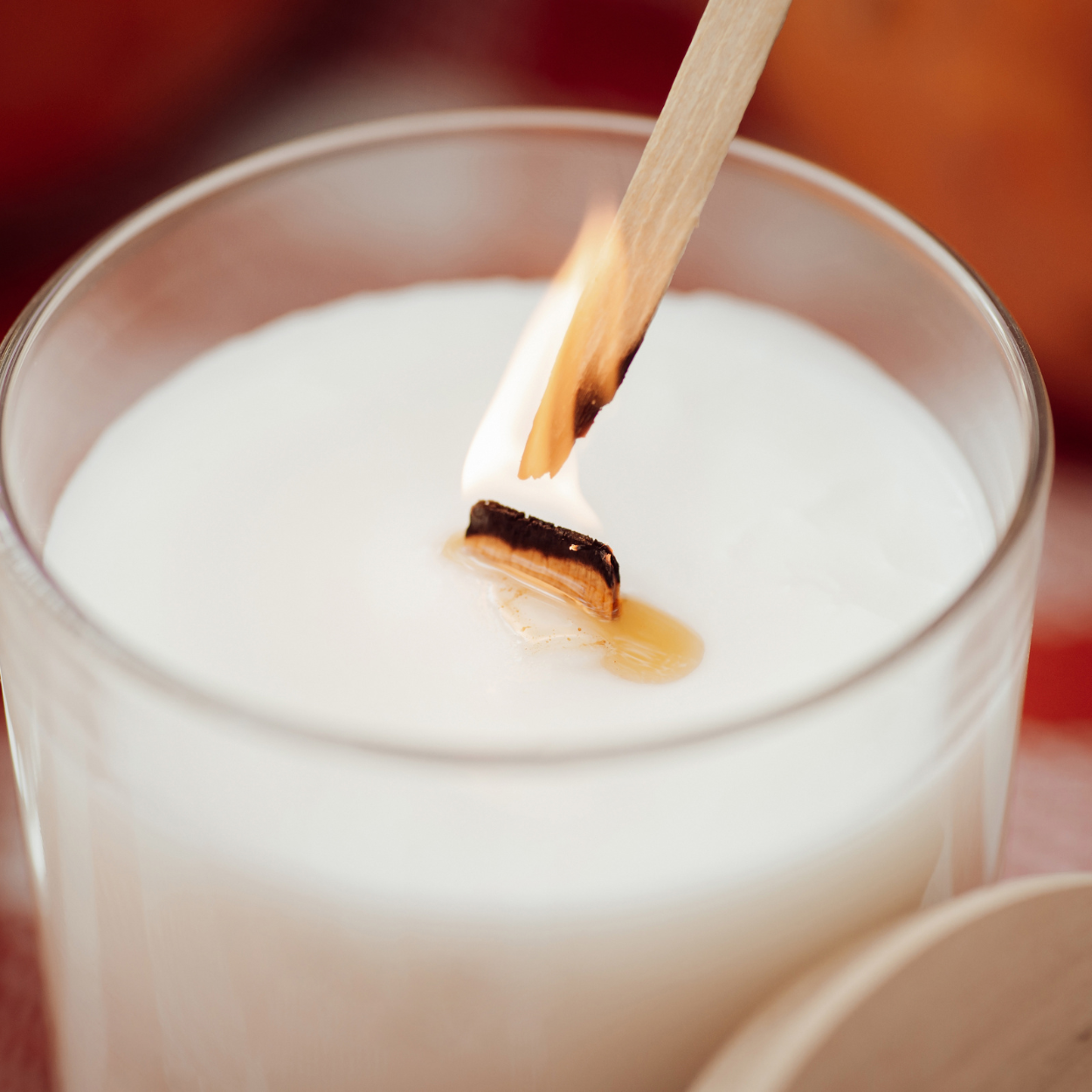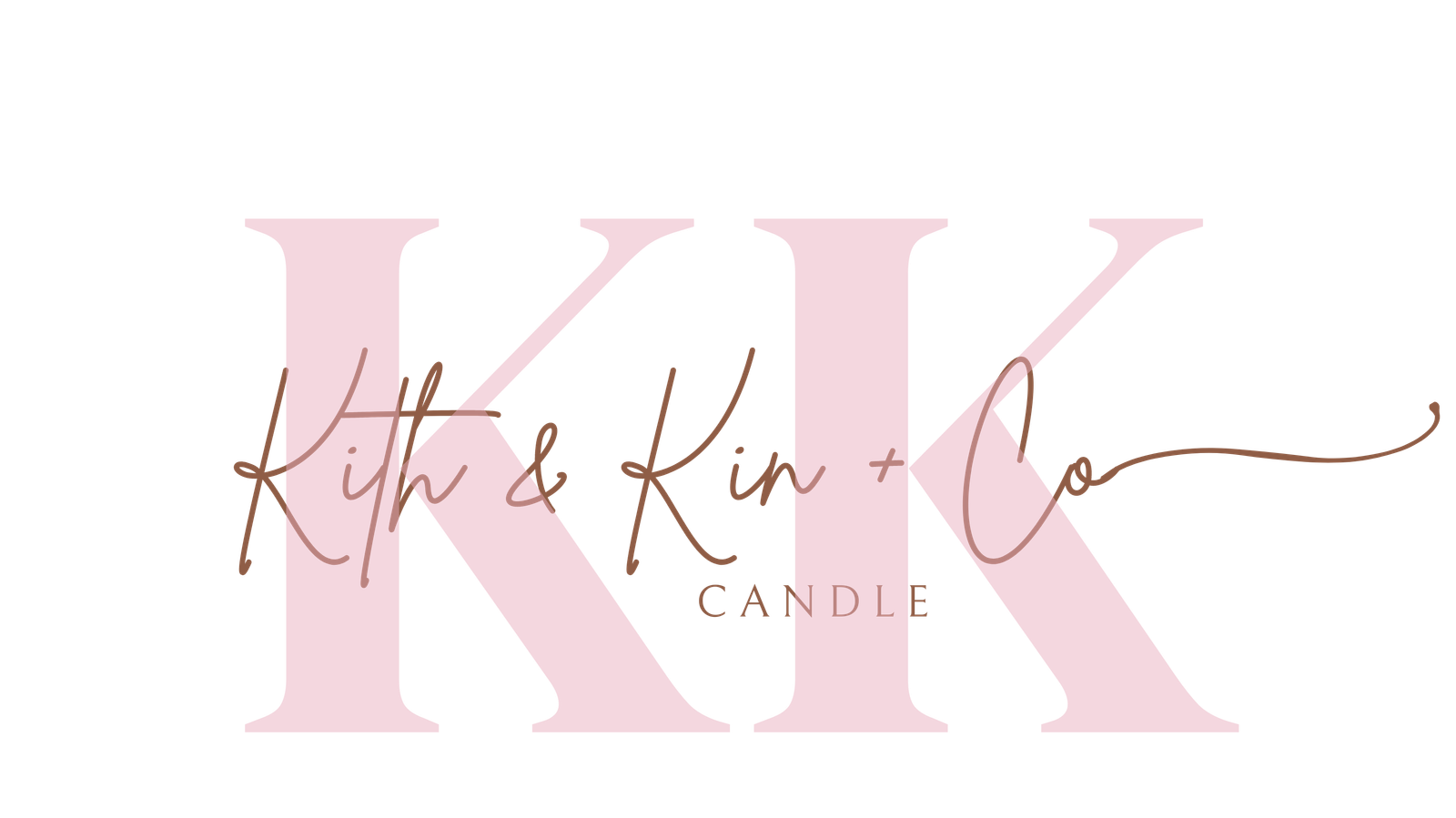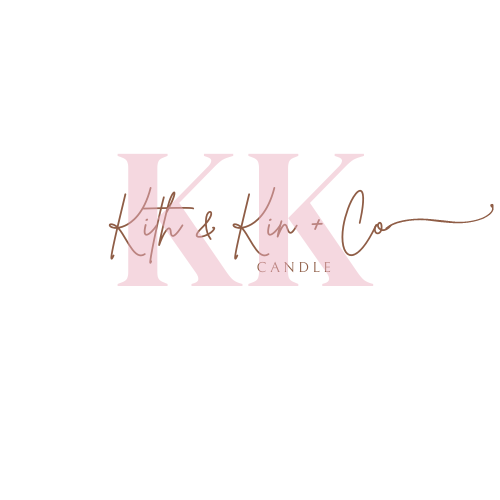Wick Comparison
Let's Compare For You.

wicks
When it comes to creating the perfect candle, choosing the right wick is essential. The wick plays a crucial role in how your candle burns and performs. There are various types of candle wicks available, each with its own set of advantages and disadvantages. In this guide, we will explore different types of candle wicks and the materials used to make them, helping you make an informed decision for your candle-making projects.

If you’re looking for a unique and visually appealing option, wooden wicks are worth considering. Made from natural wood, these wicks add a touch of rustic charm to your candles. Wooden wicks create a distinctive crackling sound reminiscent of a cozy fireplace. They are ideal for soy and coconut wax candles.
Pros:
- Crackling sound
- Longer burn time
- Visually appealing
Cons:
- May require more maintenance, such as trimming
- May require multiple wicks for larger candles

Cotton wicks are one of the most commonly used wicks in candle making. They are made from natural cotton fibers and are known for their clean and even burn. Cotton wicks are versatile and work well with a wide range of candle materials, including soy, beeswax, and paraffin. They are also known for their minimal mushrooming and soot production.
Pros:
- Even burn
- Minimal mushrooming
- Low soot production
Cons:
- May require multiple wicks for larger candles

Paper-core wicks are a popular choice for votive and pillar candles. They are made with a cotton outer layer and a paper core, which helps the wick stand upright during burning. Paper-core wicks are known for their clean and consistent burn.
Pros:
- Consistent burn
- Good for votive and pillar candles
Cons:
- May require multiple wicks for larger candles
- May not work well with certain types of wax

Zinc-core wicks are known for their stability and rigidity. They are composed of a cotton outer layer and a zinc core, which provides added support and prevents the wick from falling over or bending during burning. These wicks are commonly used in container candles and gel candles.
Pros:
- Stable burn
- Less likely to bend or fall over
- Good for container and gel candles
Cons:
- May produce more soot compared to other wick types
Choosing the right wick for your candle is crucial for achieving the desired burn and performance. Cotton wicks are a reliable and versatile option, while wooden wicks add a unique touch. Zinc-core wicks provide stability, and paper-core wicks are great for votive and pillar candles. Consider the type of wax you are using and the desired aesthetic when selecting a wick. Remember to experiment and test different wicks to find the perfect match for your candle-making projects.
Whether you’re a beginner or an experienced candle maker, understanding the various types of candle wicks and their pros and cons will help you create candles that burn beautifully and bring joy to those who use them.
Date:
May 21, 2021

